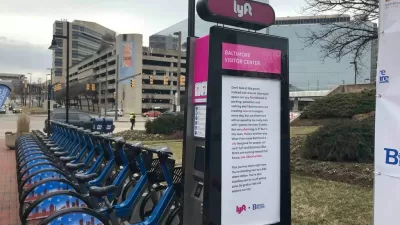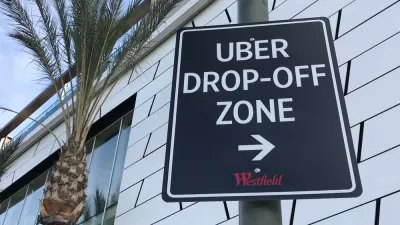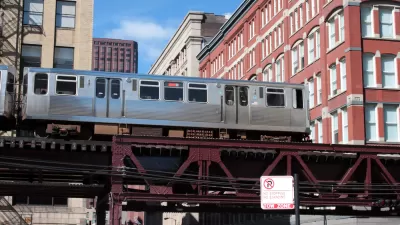Driving an electric ride-hailing vehicle may be good for the planet but costly for the driver who may have to limit the distance of rides and search for fast-chargers. Uber is trying to help out.

"It’s hard to drive an electric vehicle for Uber today,” said Adam Gromis, Uber global head of sustainability.
Carolyn Said for the San Francisco Chronicle on June 19. Strategies include financial incentives and technological perks to inform drivers in eight cities when to turn down rides due to trip length.
In California, transitioning to zero-emission ride-hailing vehicles may not be a voluntary matter if legislation by Sen. Nancy Skinner (D-Berkeley) becomes law.
SB 1014 requires the California Public Utilities Commission [CPUC], in regulating transportation network companies [TNCs], to establish “clean mile” targets. By 2023, at least 20 percent of miles traveled by ride-hail company cars must be zero emission, and 50 percent by 2026. By 2030, all ride-hail vehicles must be zero-emission vehicle or ZEV.
Is there a need for the CPUC to initiate regulatory changes by exercising its jurisdiction over TNCs in order to reduce greenhouse gas (GHG) emissions through increased use of electric vehicles (EVs)...? If so, what types of regulatory tools might the CPUC consider?
Lyft opposes the legislation, "saying that it would hurt lower-income drivers who can’t afford the pricey electric models. Uber is neutral on the bill," adds Said.
Uber hopes to do more to boost electric-vehicle drivers by engaging in advocacy through membership in Veloz.org, a new California nonprofit seeking to accelerate the shift toward electric cars. Both Gromis and Lyft’s Sam Arons are on its board, along with people from utilities, car companies and nonprofits such as the NextGen Policy Center and the Sierra Club.
FULL STORY: Uber’s new plan to woo drivers: It’s electric

Maui's Vacation Rental Debate Turns Ugly
Verbal attacks, misinformation campaigns and fistfights plague a high-stakes debate to convert thousands of vacation rentals into long-term housing.

Planetizen Federal Action Tracker
A weekly monitor of how Trump’s orders and actions are impacting planners and planning in America.

In Urban Planning, AI Prompting Could be the New Design Thinking
Creativity has long been key to great urban design. What if we see AI as our new creative partner?

Florida Seniors Face Rising Homelessness Risk
High housing costs are pushing more seniors, many of them on a fixed income, into homelessness.

Massachusetts Budget Helps Close MBTA Budget Gap
The budget signed by Gov. Maura Healey includes $470 million in MBTA funding for the next fiscal year.

Milwaukee Launches Vision Zero Plan
Seven years after the city signed its Complete Streets Policy, the city is doubling down on its efforts to eliminate traffic deaths.
Urban Design for Planners 1: Software Tools
This six-course series explores essential urban design concepts using open source software and equips planners with the tools they need to participate fully in the urban design process.
Planning for Universal Design
Learn the tools for implementing Universal Design in planning regulations.
Gallatin County Department of Planning & Community Development
Heyer Gruel & Associates PA
JM Goldson LLC
City of Camden Redevelopment Agency
City of Astoria
Transportation Research & Education Center (TREC) at Portland State University
Jefferson Parish Government
Camden Redevelopment Agency
City of Claremont





























